The bubble car, cycle car, or more popularly, the microcar, has been around nearly as long as the traditional automobile. Generally, based on a 500cc engine with one or two cylinders, designed around a bubble-shaped cabin, and intended to be cheap to own, microcars have been the fashionable transportation option for thrifty enthusiasts for well over 100 years. While these cars are primarily built for the sole purpose of rock-bottom ownership costs and meant to navigate the tight alleyways of Europe and densely packed urban sprawls of Japan at mind-numbingly slow speeds, there does exist a small pocket of niche enthusiasts who want a more well-rounded bubble car for maximum enjoyment. Jacob Stephens is one such owner, who tootles around in quite possibly the best modified Smart ForTwo I have ever seen. (Get out of here with your ‘Busa swaps, OG engines only!)

A few weeks ago, I was back home in Chattanooga, Tennessee for the Riverside Spring Meet. There, I saw what could be the most creative build I have ever encountered in person. No, it isn’t a 1,000 horsepower GT-R, nor is it a slapped together skid car covered in anime. It’s a Smart ForTwo Passion that sports all the hallmarks of recent tuning fads and does so with a unique fit-and-finish only possible from something so wildly unorthodox. Sadly, I never got to meet the owner.
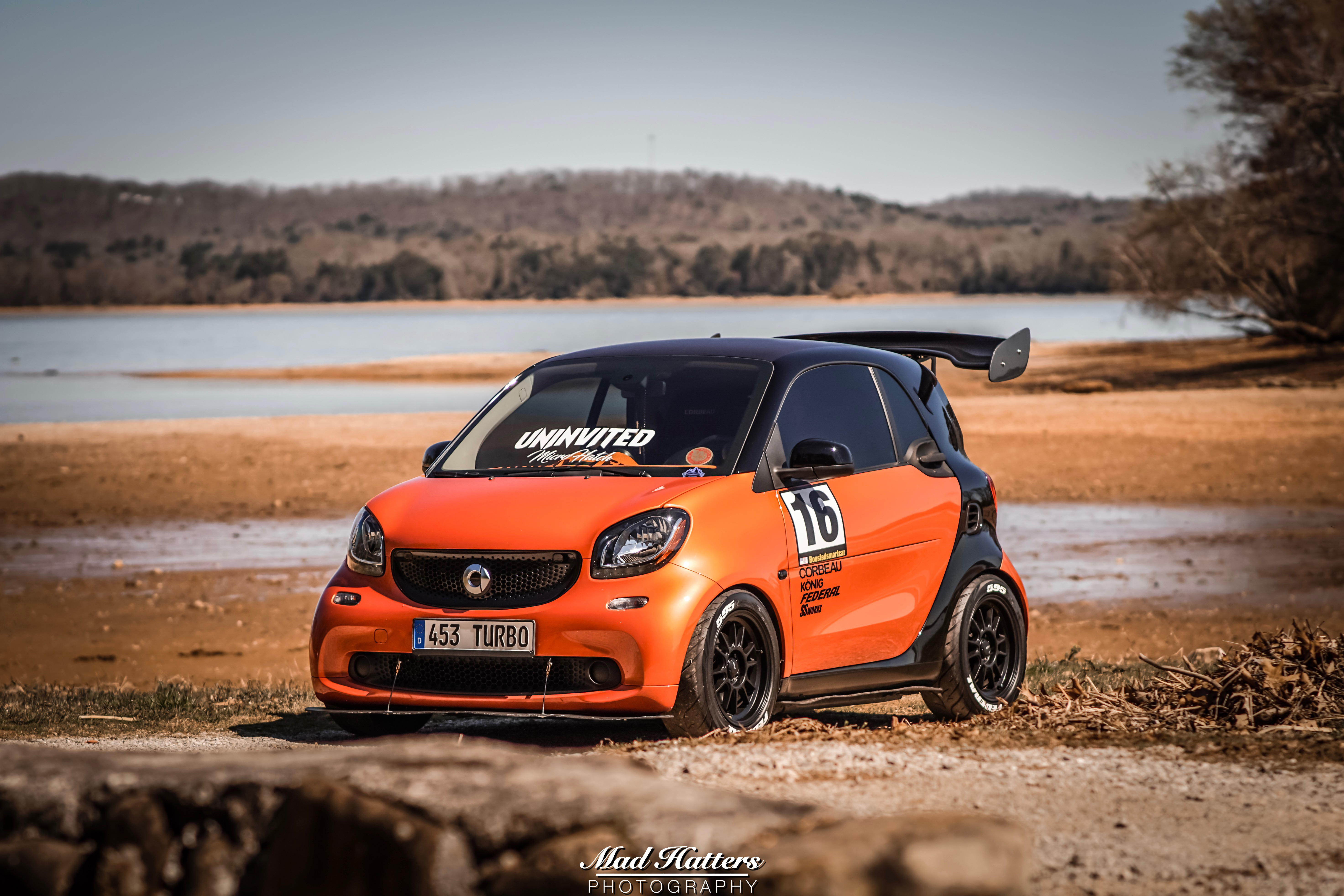
When Ben Battles (@madhatters423) told me he had a chance to catch up with the owner last week and shoot the car, I became immediately excited to publish his work. Not only is he an amazing photographer and true car enthusiast, but his subject this week is just such a noteworthy car full of stories to explore. It isn’t often I feel slightly overwhelmed at the number of directions I can take an article, but this car certainly presents a staggering amount.
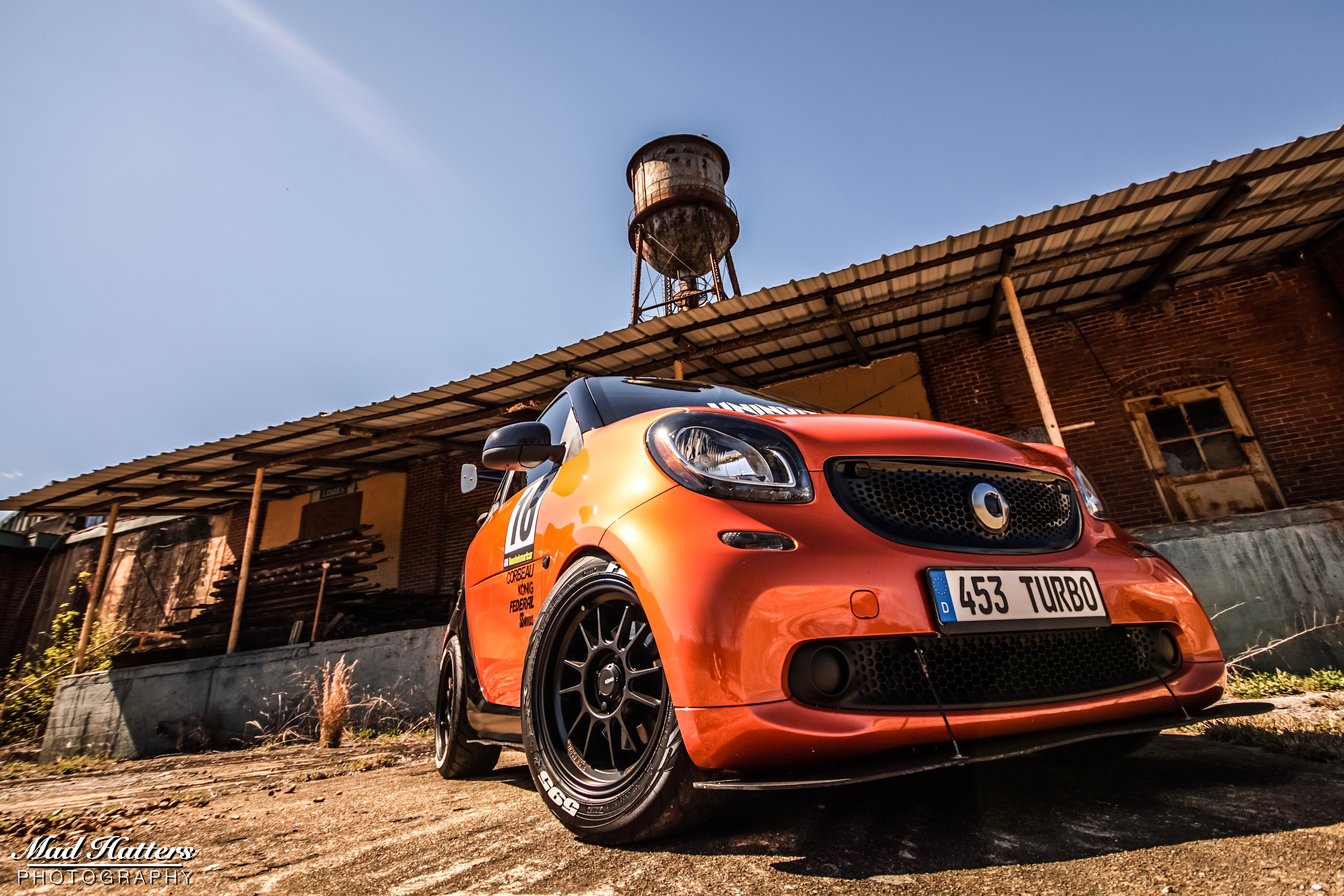
Namely, why is the Smart ForTwo so rarely seen in America? The answer is fairly obvious if you think about it. When I was in Germany visiting family way back in high school, Smart was a brand new offshoot of Mercedes-Benz. The little quirky plastic cars were on every street, at every intersection, and dotting parking lots all over Germany. My sister and I quickly came up with a game where we counted the micro coupes in every city we visited, both to see how popular they were in each city and to come up with a total number we encountered over the two-week vacation. If I remember, the number was well into the thousands that we saw.
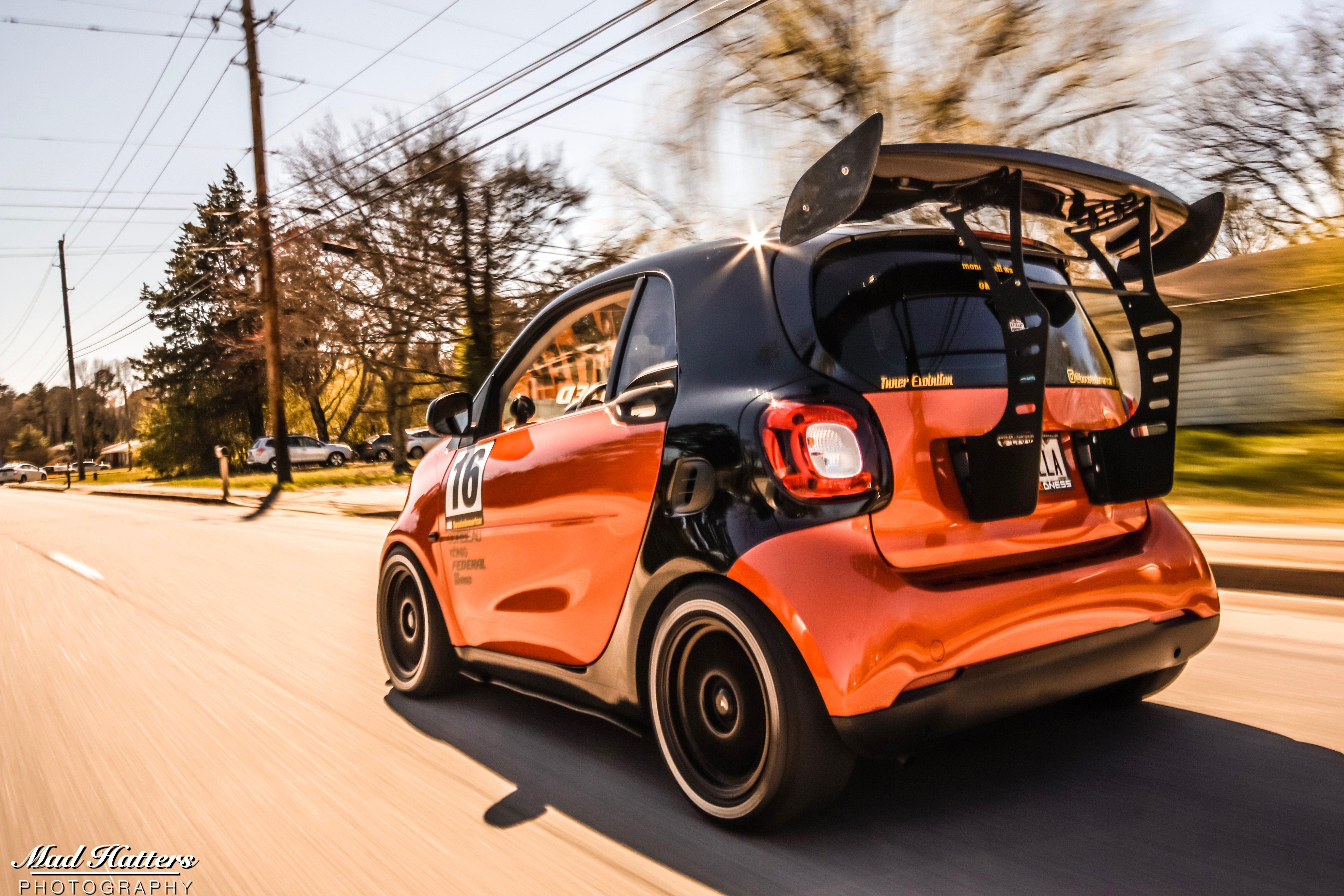
The popularity of those cars in the confined corridors found in most European cities made the Smart ForTwo a perfect option that has all the basic amenities found in regularly sized rides but comes in a fun-sized package that is right at home in an urban setting and even drivable (barely) on the interstate. In Germany, particularly, the need to travel long distances is not high, while the demand for street parking is. Having a car like the Smart ForTwo makes daily commutes or trips into town incredibly convenient, considering the car has enough space for groceries and two full-grown humans. They’re even easier to park than the absolutely tiny BMW 1-series, as I found out my senior year of high school.
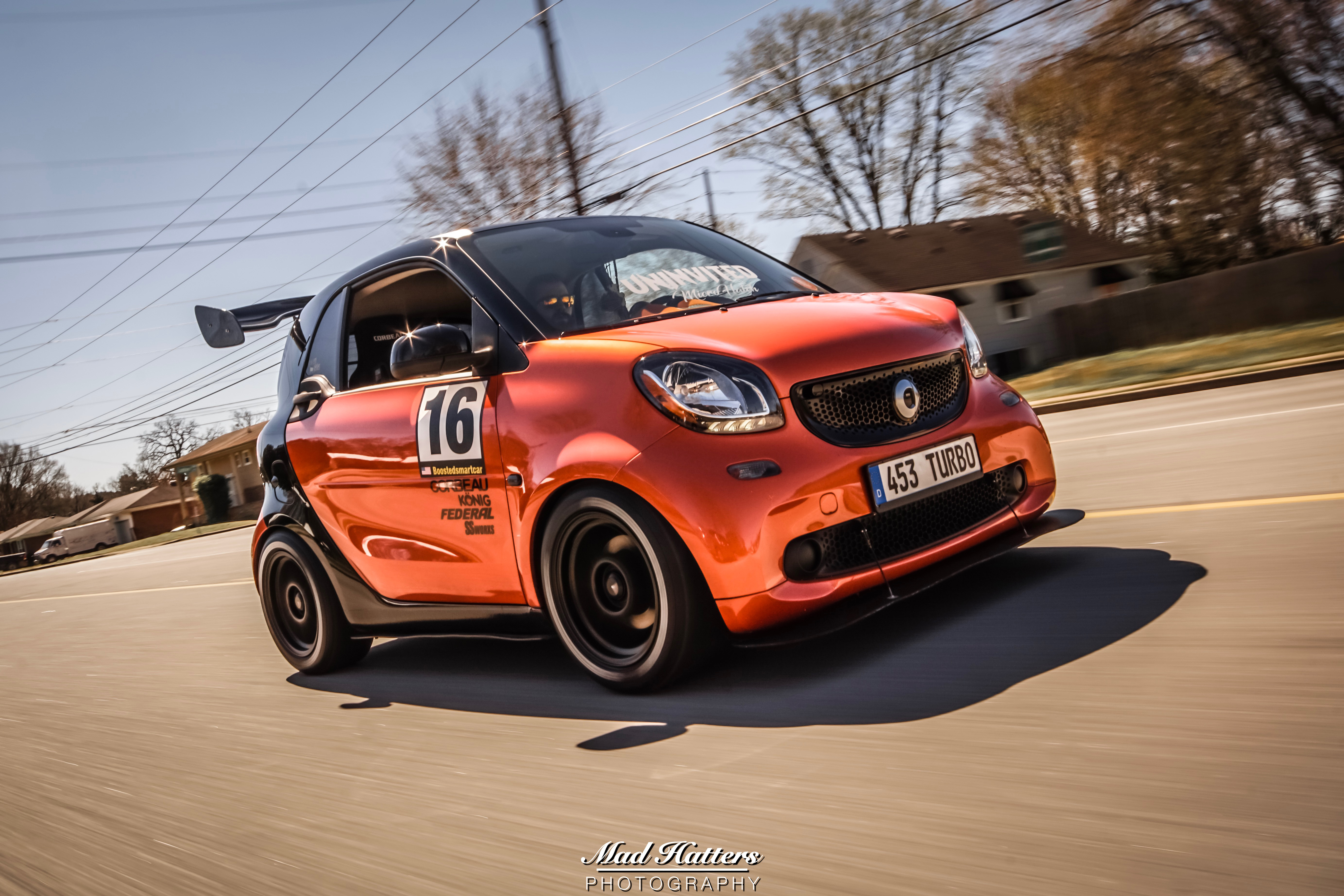
My then girlfriend had a first generation Smart car, to which my friends and I subjected to endless pranks. Our favorite being to surround the car with a few people, pick it up, and carry it somewhere else. This, of course, never got old seeing a quite bewildered girlfriend come out to find her car in the breezeway connecting the cafe and athletic building at her school. (Sorry Candace).
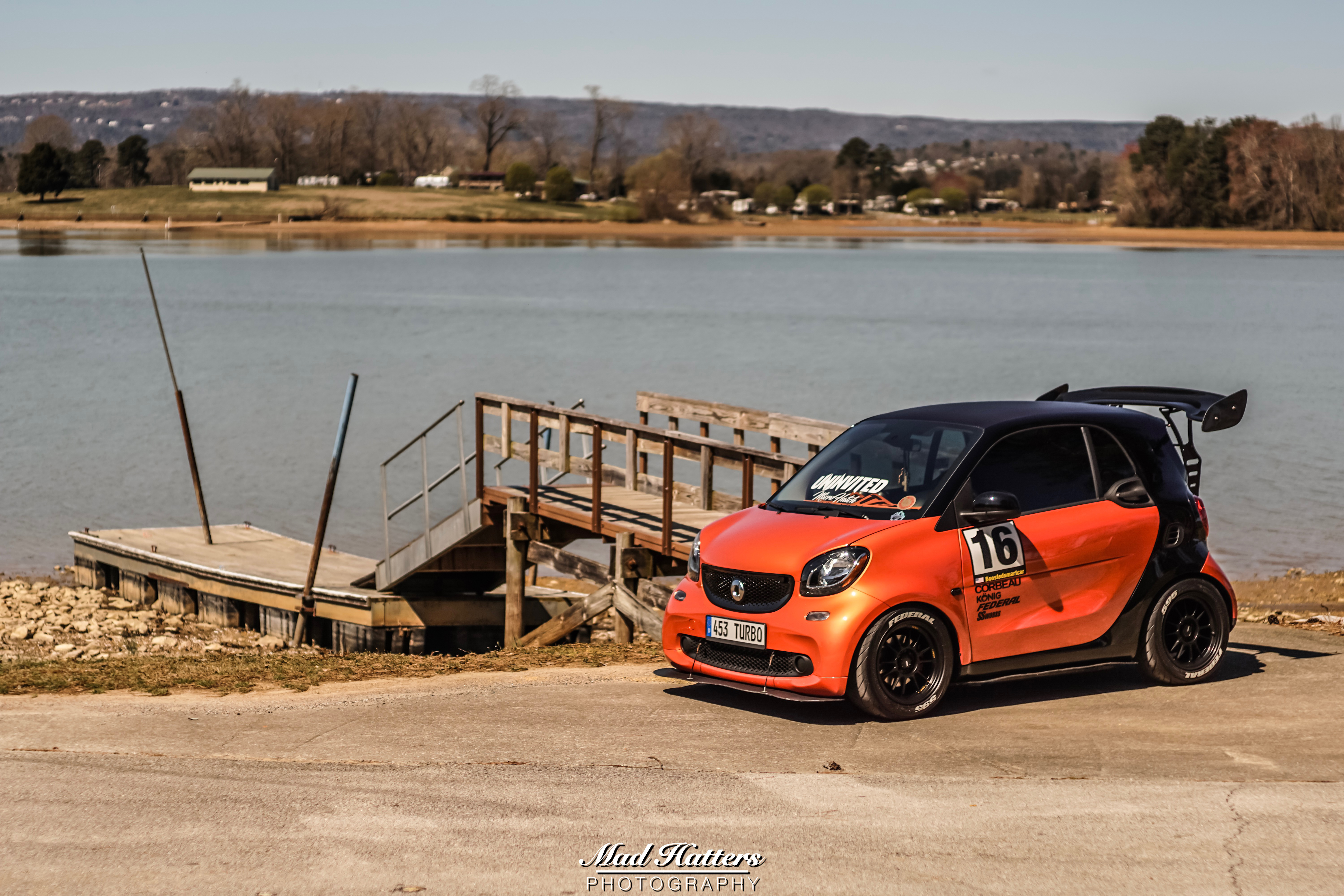
This reason is only a microscopic part of what makes the Smart lineup less than popular here in America. Chiefly, our longer commutes compared to Germany, we have an abundance of parking with plenty of space and more modern cities that accommodate larger vehicles present no real need for a car of this size. Even in the micro car’s history, America only ever offered one design that was produced before WW2. The Crosley Micro Car, which is technically a sub-compact like the Nash Metropolitan, was pretty much your smallest choice, but still exceeded the technical definition of engine size, coming in at 580cc from two cylinders. Absolutely massive when compared to other bubble cars offered from overseas manufacturers.
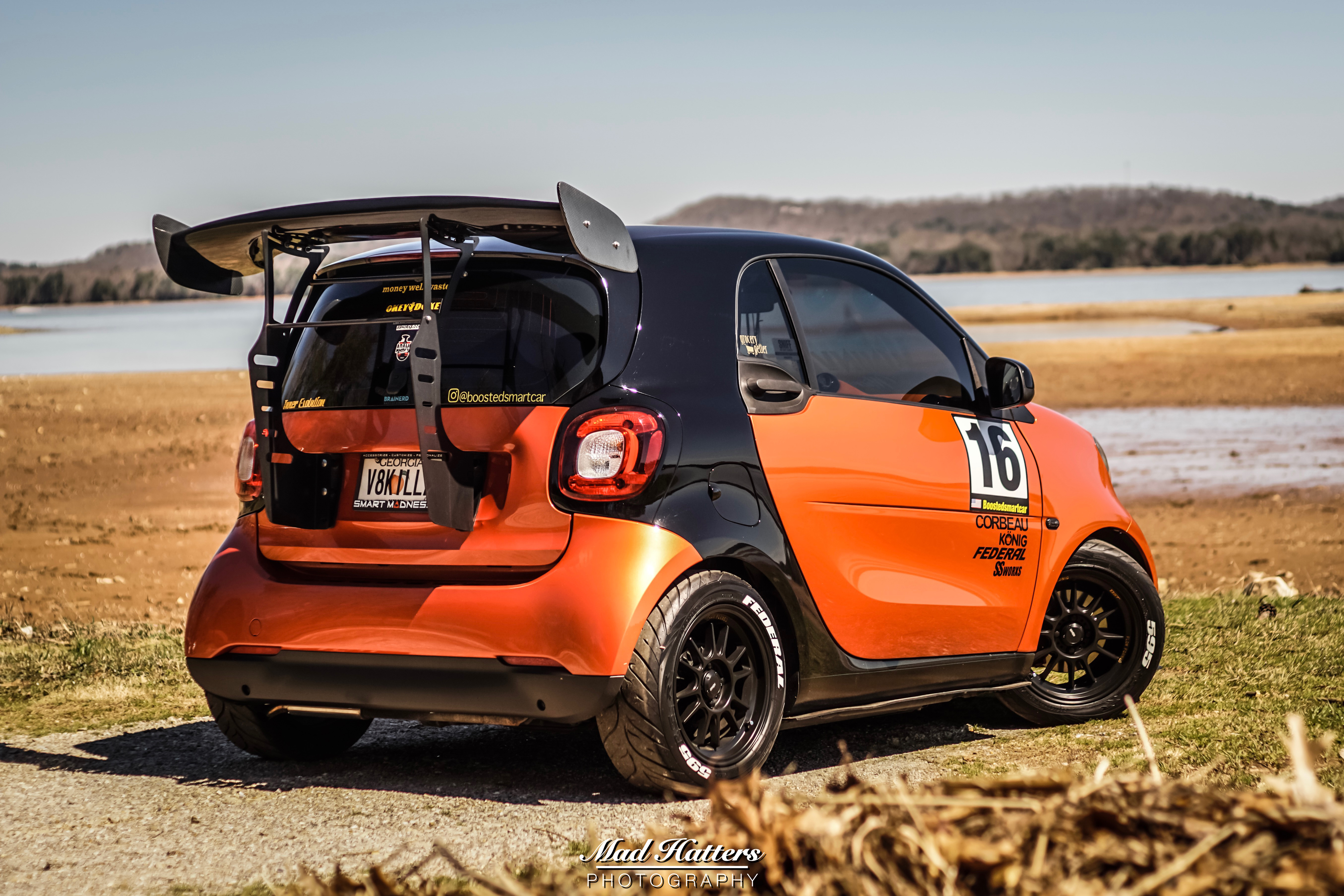
Overseas, their reception was much different than the majority of American consumers. After the destruction experienced by much of Europe from the war, materials like rubber, metal, and gas essentially demanded cheap to produce transportation. The VW Beetle capitalized on these needs, as did familiar fan-favorites like the BMW Isetta, which sold well over 150,000 units.
In Japan, the microcar movement caught on quickly and never really left. This was helped in part by the geography of their archipelago and partly thanks to legislation with regards to vehicle classification. You may be familiar with the Kei cars (not the Chevys) and their exemption from several taxes/license requirements in Japan. The microcar was basically available to anyone who could purchase and drive one, and still holds massive support there in the land of the rising Sun.

Here, though, owners like Jacob are in an almost laughable minority. Why have a car that doesn’t serve a real purpose here and actively makes life less convenient based on American infrastructure? Put simply; because of passion. It’s in the name, really. This edition came with a manual transmission, rare for the Smart lineup outside of Europe, and an incredibly striking Lava Orange Metallic paint. Not only that, but the car offers a truly unique opportunity for owners to express themselves in a way that many Americans would never consider. Creativity is what it takes to be noticed, after all, even when the footprint of your car is equal to my riding lawn mower.

This particular Smart ForTwo has clearly undergone a bit of work to take it from quirky and economic to comedically villainous. The aggressive rubber wrapped around König Hypergrams sit perfectly at all four corners (quite literally) and help accent the (relatively) beefy stance of the microcar. KW Variant 2 coilovers provide the drop in ride height as well as precise handling missing from the car. If you have ever been a passenger or driven one of these little coupes, they feel incredibly top heavy thanks to the minuscule tires and frankly terrible factory suspension. With properly valved KWs and much wider tires, I would have to imagine Jacob’s additions to the car have made it more like a go-kart than it already felt in normal trim.
Aero from Ssworxs and APR tie the exterior together with that track-inspired look popularized by JDM tuners in recent years, which looks comically large compared to the overall size of this car. Insert Dumbo the elephant jokes here.
Inside, DFX fixed racing buckets, Corbeau pads, and 3 point harnesses keep Joseph and his passenger glued in place, which I would call a massive improvement over the car’s original less-than-performance oriented equipment. Amazingly, the race-inspired interior looks right at home in this car, despite the obvious juxtaposition of a traditionally high-cost endeavor found in a traditionally low-cost transportation choice.
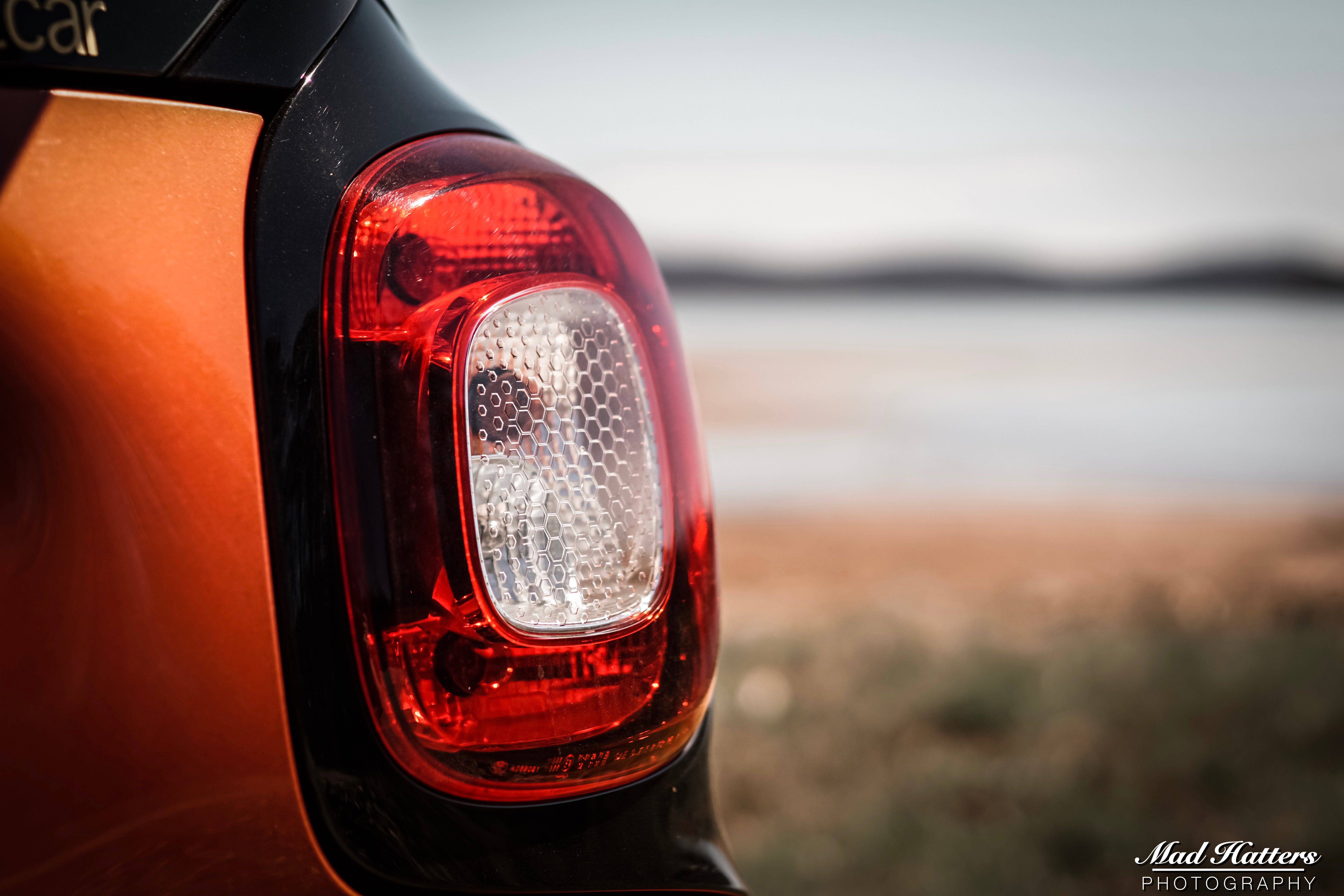
In the milk-crate sized engine compartment sits a mostly factory 1.0 liter, 3-cylinder, turbo power plant mated to a 5-speed manual gearbox. Engine tuning was performed by Madness Autoworks, and makes an impressive 136rwhp, well above the original output from the little triple. Possibly the most important part of what makes this car so freakin’ sweet is that it has three pedals. Seriously, you don’t find these cars that often in the manual trim. Mostly since, and correct me if I’m wrong here, they were not offered standard with a standard. You had to specifically order the car with the enthusiast’s choice of transmission, and few ever did. Thankfully, Jacob’s Smart has the engaging option rather than the absolutely miserable flappy-paddle autotragic.

So let’s recap: if I told you one of my favorite cars from Riverside was a rear wheel drive, manual transmission, turbocharged coupe with track-inspired modifications at every corner, what would you picture? I can almost bet with certainty your top guesses would be an E9X BMW, a Nissan S-chassis, or perhaps the now god-like Supra. All of these cars were present at Riverside, but none commanded more of my attention than this little Smart ForTwo, which has to be one of my favorite builds right now.

Thankfully, enthusiasts like Jacob who enjoy this hobby with a sense of humor and a drive for individuality constantly strive to break molds. This little micro car certainly does that. The combination of originality in vehicle choice with familiarity in modification choices makes the car fit in while standing out. The perfect blend of build direction and platform means it doesn’t quite sit as an outlier, but it definitely doesn’t fall in the middle. Somewhere outside the mold, but still lovingly natural, this Smart ForTwo carves its own absolutely tiny spot on the graph of modern enthusiast builds in a country for which it never really found a home. I have to say, despite this, it has undoubtedly found a home in my heart.
Special Thank You to the owner Jacob Stephens @boostedsmartcar
Special Thank You to Ben Battles for the photography @madhatters423



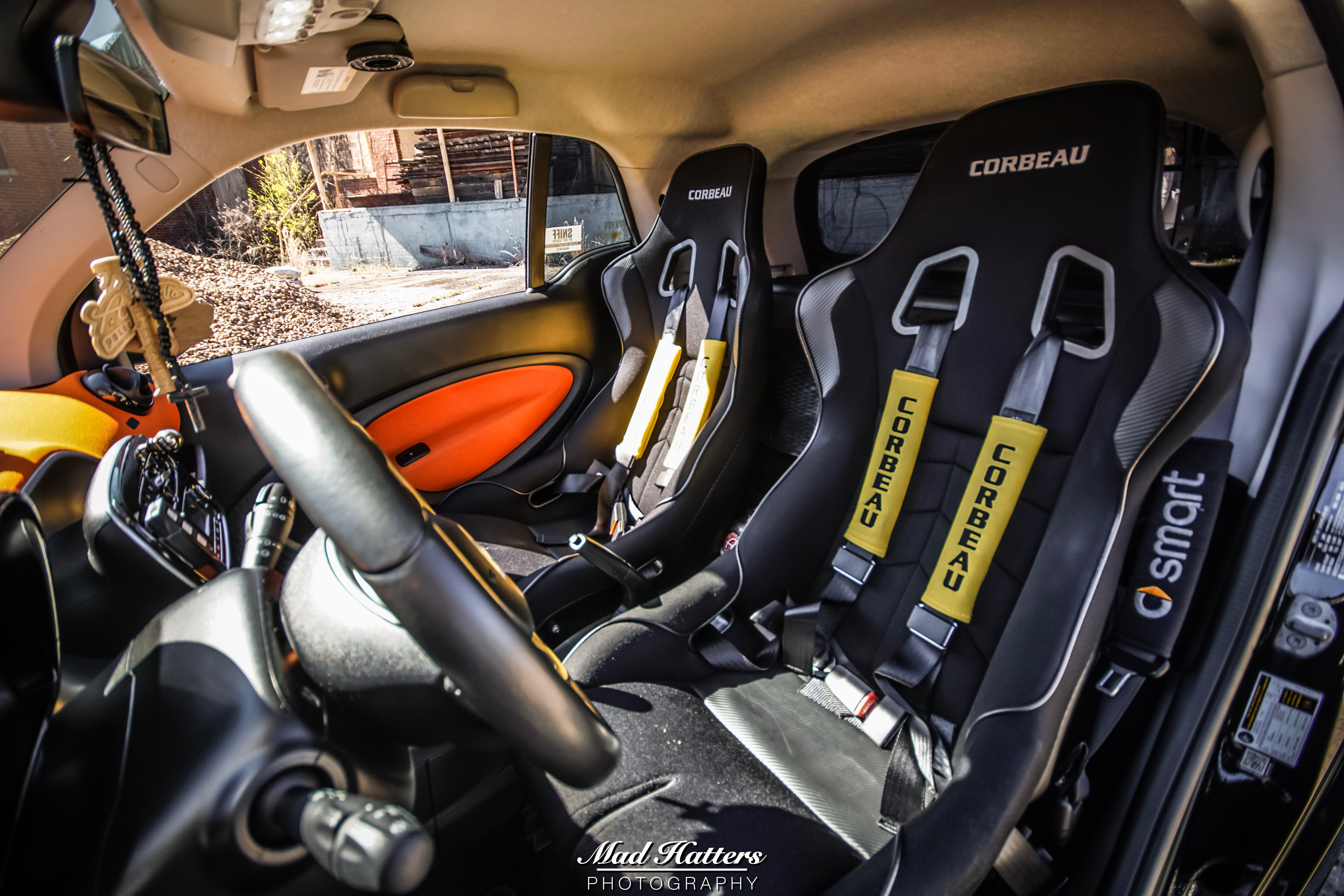
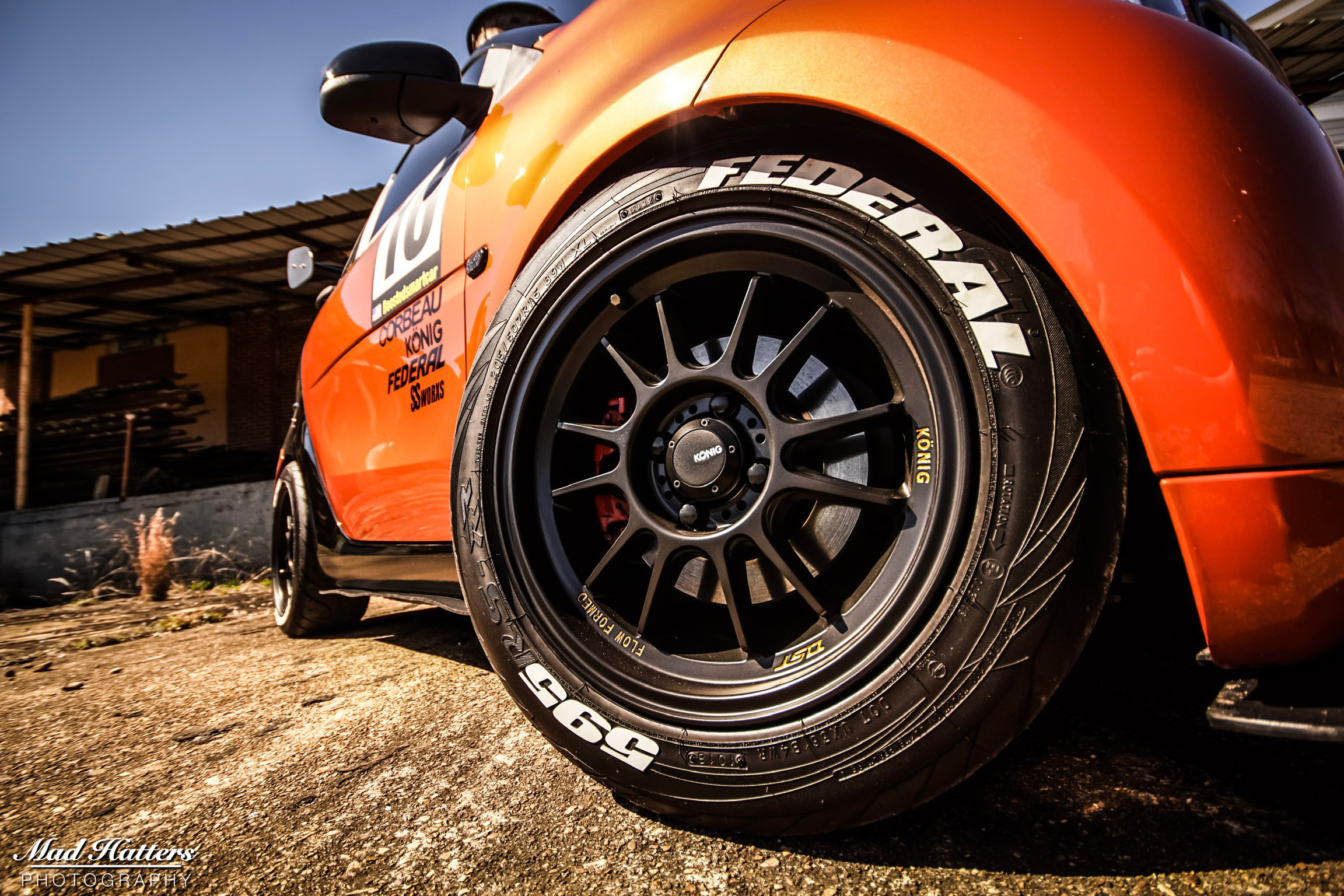
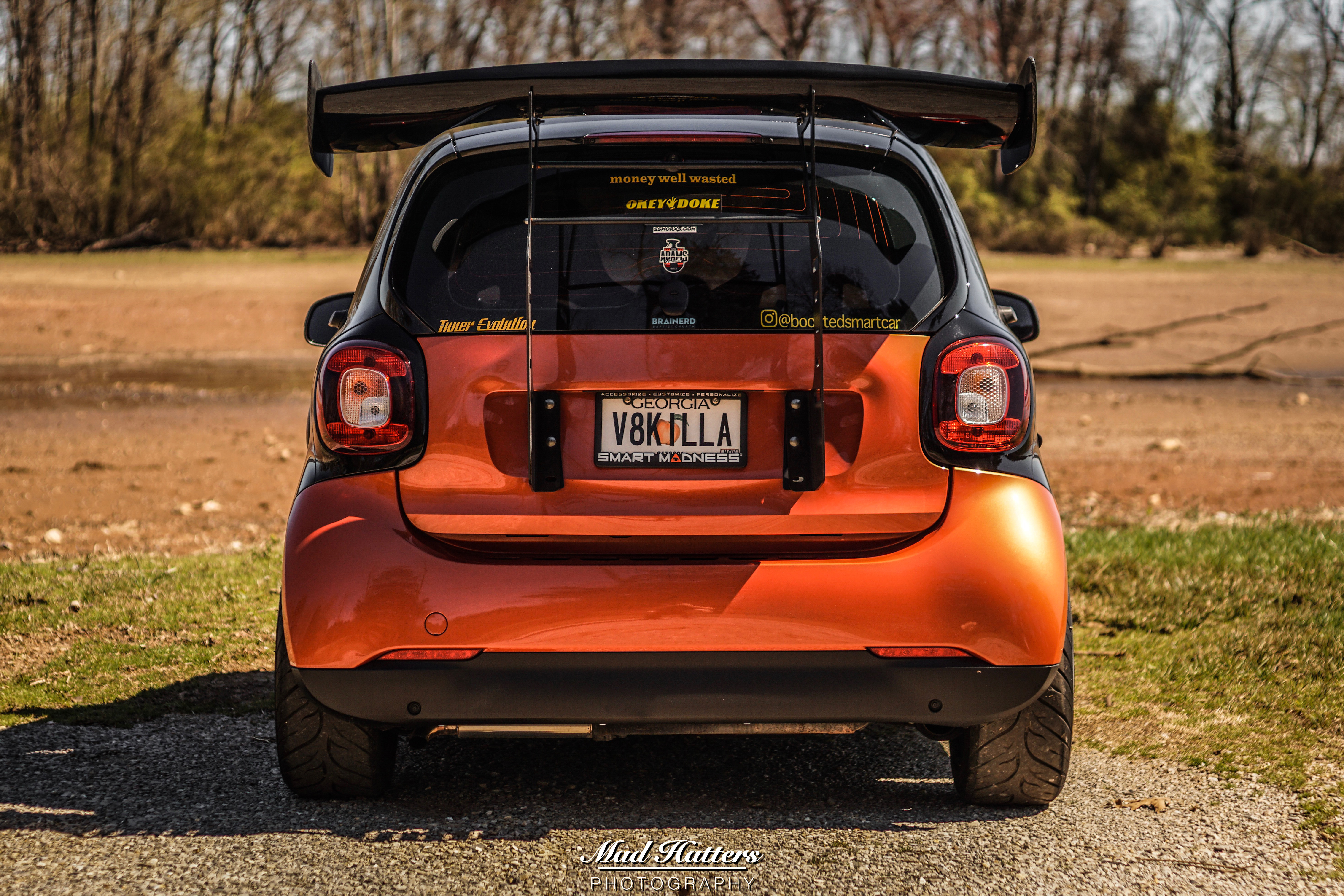

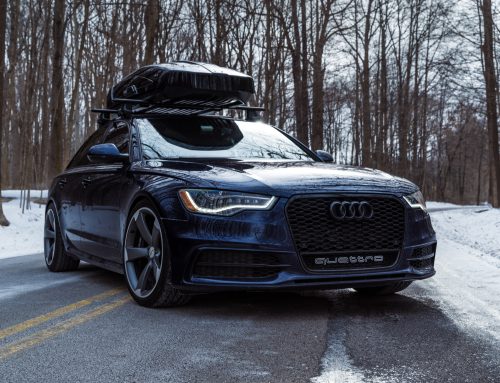
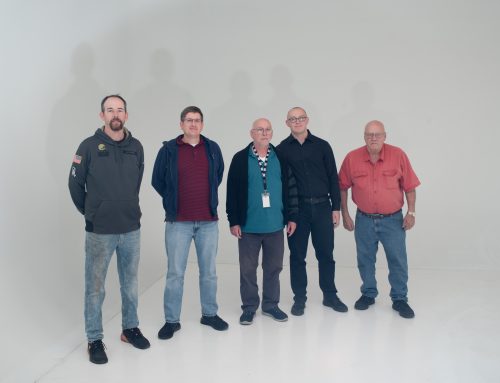

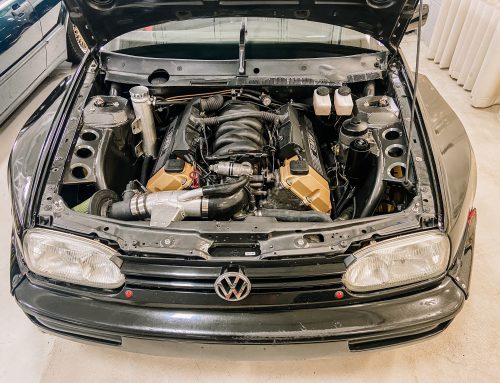
Wow! what an amazing Smart car!!!
I love the work done to it!!!
it is quite tasteful!